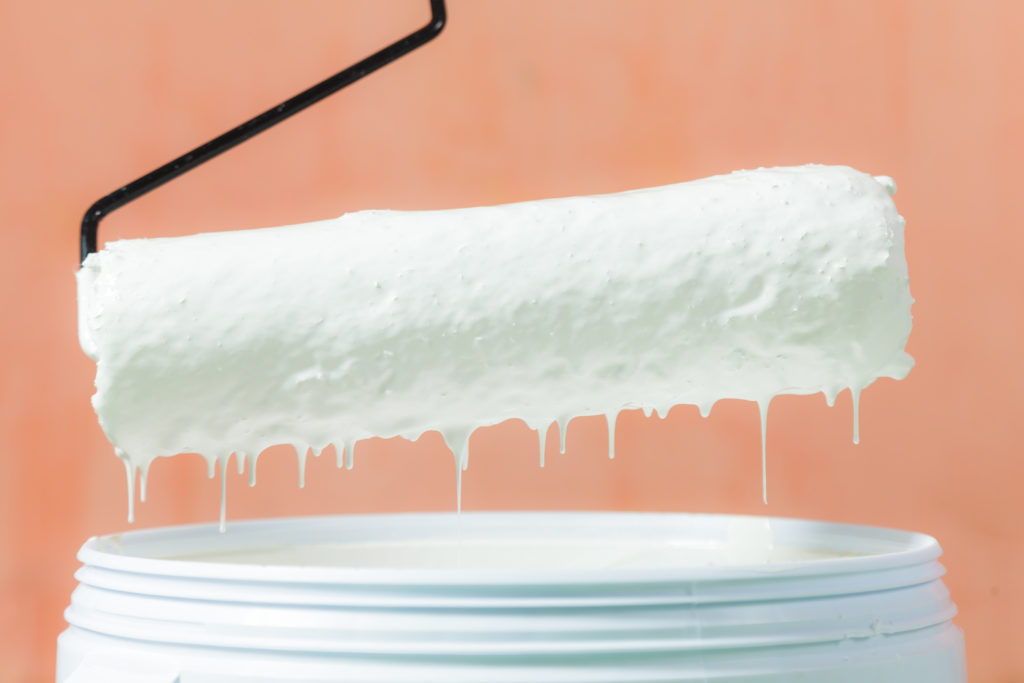Paint Viscosity Basics
You walk into the paint store, you choose the color you want, and you bring it home. It’s as simple as that when it comes to choosing paint, right? While customers often choose a paint solely on its color, there are several other important factors to consider.
- Sheen
- Finish
- Ingredients Used
- Level of VOCs
- etc.
While you don’t have to know everything about paint to choose a good one, there is one important characteristic that can help improve your painting projects.
The viscosity of a paint, which is basically the thickness of a paint, plays an important role in its application. Viscosity is a measure of how resistant a paint is to spreading. This is an important characteristic because it determines how it performs when applied with different tools like brushes, rollers, and sprayers.
Viscosity and Application
Retail paint stores and home improvement stores are generally stocked with paints that have a uniform viscosity that is calibrated for use with brushes and rollers. These paints are simple to apply, are easy to use, and provide consistent results.
If you plan on using a different method of application, such as a sprayer, you will need to know more about the right viscosity for your equipment and how to achieve it in your paint. An overly viscous paint applied via a spray gun can create a ridge, uneven areas, and resist application. It can even ruin your equipment if used repeatedly or for a long duration.
Understanding Viscosity
Illustrating viscosity with other common materials is a helpful way to understand how it applies to paint. Water, for example, has a very low viscosity. It is easily manipulated, splashes and runs, and is very “thin.” These characteristics make water virtually impossible to spread, but very easy to spray in a mist.
Alternatively, honey is a very thick, viscous substance that can’t be sprayed or misted. If it spills, it slowly oozes instead of running off of a counter or table. If you try to wipe it up, it smears and spreads, coating the surface in a sticky film.
In both cases, the viscosity of the material determines how it behaves when it encounters a surface. When it comes to painting, you can use this knowledge to select the right viscosity for the method of application you plan on using.
Let Us Help!
Zenith’s team of professional painters are available to answer any questions at 800-381-4601 and we can get you started with a free estimate for your project ideas.



